Frederica Bertocchini has made groundbreaking discoveries in the field of plastic degradation using biological systems. The wax worms, Galleria mellonella, are at the forefront of this research, capable of degrading sturdy synthetic polymers like PE and PS. Bertocchini’s lab discovered that the liquid from the larvae’s buccal cavity, termed as “saliva,” plays a pivotal role in oxidizing and depolymerizing PE. Two enzymes, Demetra and Ceres, found in the wax worm’s saliva, are responsible for this degradation process.
She stated, “Plastics are synthetic molecules derived from fossil fuels and largely resistant to degradation.” Highlighting the rapid growth of this industry, she mentioned, “The production of these new materials burst over the past 60 years.” This surge has led to significant environmental challenges. “This massive usage of synthetic polymers generates the accumulation of millions of tonnes of plastic waste,” Bertocchini observed.
Despite the global reliance on plastics, “To-date, no solution is available to solve this urgent environmental threat.” She critically pointed out that “Recycling has been sold as the solution for plastic pollution, but as it is to-date it is way far from it.” However, there’s a silver lining. “Degradation by biological means is a relatively new way to approach the plastic waste disposal issue,” she noted. At the heart of her research is the wax worm, Galleria mellonella. “Our lab discovered the fastest of all, the larvae of lepidopteran Galleria mellonella, also called wax worm,” she proudly shared. This insect has become central to her studies. “Our main player is the wax worm, the fastest one’ the centre of our attention since the start.”
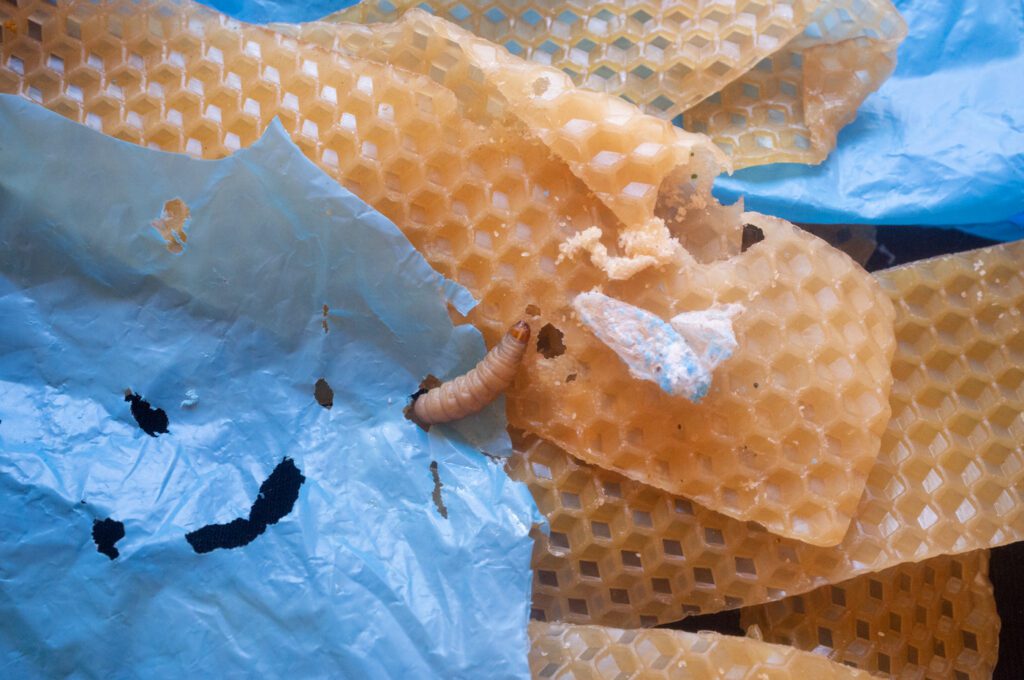
Delving deeper into her findings, Bertocchini revealed, “Our lab has recently discovered the key to PE degradation by the wax worm.” This breakthrough is closely tied to a unique feature of the wax worm. “The liquid recovered from the larvae buccal cavity, that we generically called saliva, oxidizes and depolymerizes PE.”
Plastics, derived from fossil fuels, have seen exponential growth in production since the second half of the 20th century. PE, PS, and PP account for a whopping 70% of global plastic production. The massive use of synthetic polymers has led to the accumulation of millions of tonnes of plastic waste. Despite various efforts, a significant amount of this “ends up in landfills, oceans, and scattered on lands.” Current recycling methods, like mechanical recycling, are not the ultimate solution to the plastic pollution crisis. Biological degradation offers a promising approach to address the plastic waste disposal issue. The discovery that certain insect larvae can degrade synthetic polymers has ignited hope in the scientific community.
The wax worm stands out for its ability to degrade not only PE but also PS and potentially PP. Bertocchini’s research focuses on understanding the enzymatic activities of G. mellonella involved in plastic degradation. The lab also delves into the molecular and chemical aspects of the degradation reaction. Beyond the wax worm, the team is exploring other polymer-degrading insects and their ecological roles.
Bertocchini’s expertise lies in early embryonic development of vertebrates. After her PhD, she trained at prestigious institutions like Columbia University and University College London. Her shift to studying insects and their capacity to degrade polymers began with the findings published in Bombelli et al., 2017. Bertocchini is currently continuing her research at the Centro de Investigaciones Biologicas-Margarita Salas in Madrid, Spain. The lab’s research is supported by various grants, including from the Roechling Foundation and the Spanish Research Council. The challenge of plastic degradation by biological means remains unsolved, as highlighted in a 2023 publication by Bertocchini. The virtualome, a computational framework, is another intriguing area of study Bertocchini is involved in. In 2022, a significant publication revealed the role of wax worm saliva and its enzymes in polyethylene degradation. Bertocchini’s earlier works also touched upon topics like embryonic polarity and gastrulation in reptiles.
The global challenge is not just about plastic degradation but also understanding the by-products of this degradation. The accumulation of plastic waste is a price we pay for the revolution brought about by these synthetic materials. Plastics have undeniably transformed our daily lives, finding applications in medicine, electronics, and infrastructure.
Similar Posts
The environmental cost of incinerating plastics for energy recovery is a concern we can no longer overlook. The quest for a real solution to plastic pollution is urgent and imperative. The discovery of the wax worm’s capabilities has opened new avenues in the fight against plastic waste.
The enzymes in the wax worm’s saliva might hold the key to a sustainable solution for plastic degradation. Bertocchini’s dedication to this cause is evident from her extensive research and publications. The potential of biological systems in addressing global challenges is immense.
The wax worm’s ability to oxidize PE and PS makes it a prime candidate for further research. The world awaits new recycling technologies that can truly address the plastic pollution crisis. Biological degradation might be the answer to the ever-growing plastic waste problem.
The findings from Bertocchini’s lab could revolutionize the way we handle plastic waste. The wax worm’s unique capabilities have positioned it as a potential game-changer in the fight against plastic pollution. The enzymes Demetra and Ceres could be the next big thing in sustainable plastic degradation.
The journey from studying embryonic development to plastic degradation showcases Bertocchini’s versatility as a researcher. The global community must come together to support and further such groundbreaking research. The implications of these findings could be monumental for our environment and future generations.
The wax worm might be small, but its potential impact on the environment is colossal. Bertocchini’s work serves as a beacon of hope in the daunting challenge of plastic pollution. The intersection of biology and environmental science has never been more exciting.
The wax worm’s saliva could be nature’s own solution to the synthetic problem of plastics. As the world grapples with the plastic crisis, researchers like Bertocchini are leading the charge towards a sustainable future. The wax worm’s capabilities are not just about degradation but also about understanding the science behind it.
The potential applications of this research extend beyond just degradation to possible recycling solutions. The world is on the brink of an environmental revolution, with biological systems at its core. Bertocchini’s dedication and research might just be the catalyst the world needs.
The future of plastic degradation looks promising, with nature itself offering solutions. The wax worm, once just a simple insect, now stands at the forefront of environmental science. The fusion of biology and environmental challenges paves the way for a brighter, sustainable future.
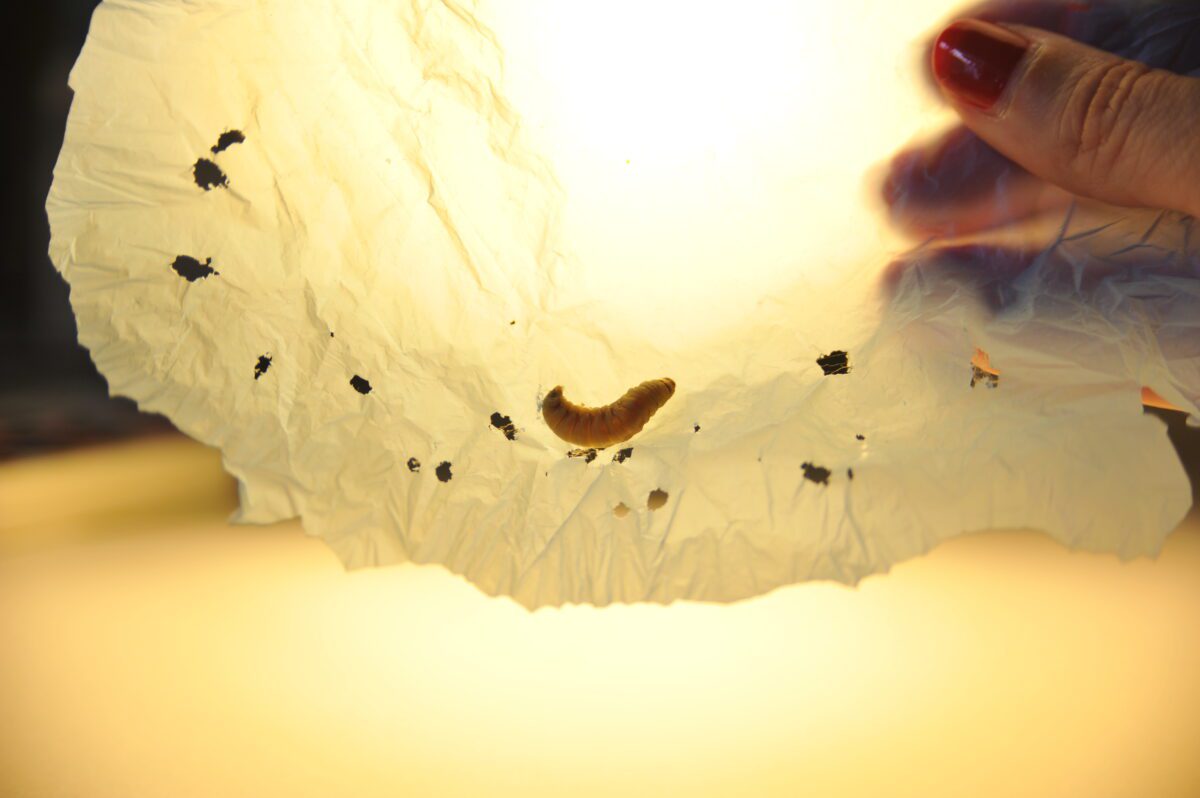


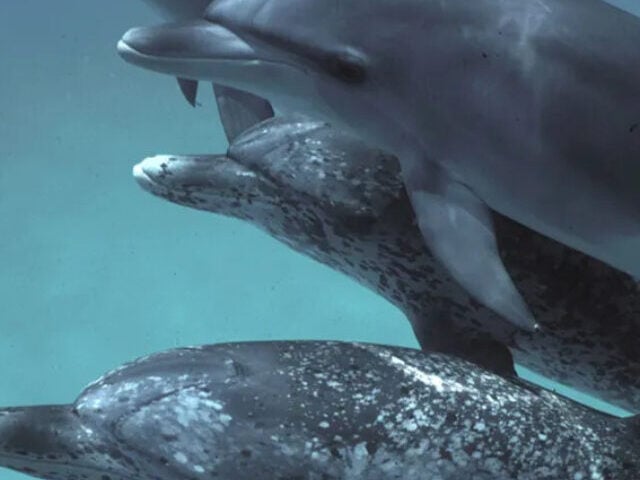







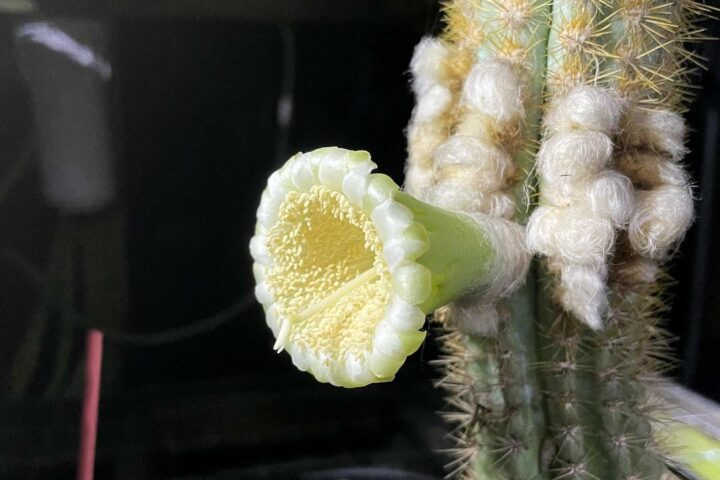
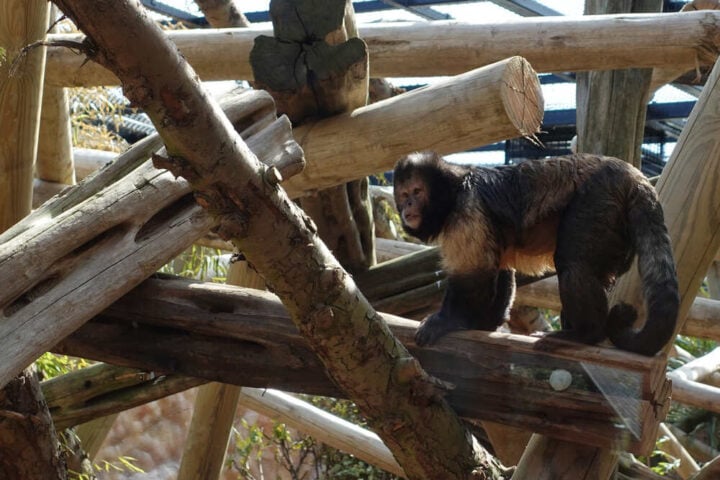



![Representative Image: European Starling [49/366]. Photo Source: Tim Sackton (CC BY-SA 2.0)](https://www.karmactive.com/wp-content/uploads/2025/04/Starlings-Drop-82-in-UK-Gardens-as-Birdwatch-2025-Reveals-Record-Low-Count-Since-1979-720x480.jpg)

